The A. Lange & Söhne 1815 Thin Honeygold
A celebration of simply beautiful watchmaking.
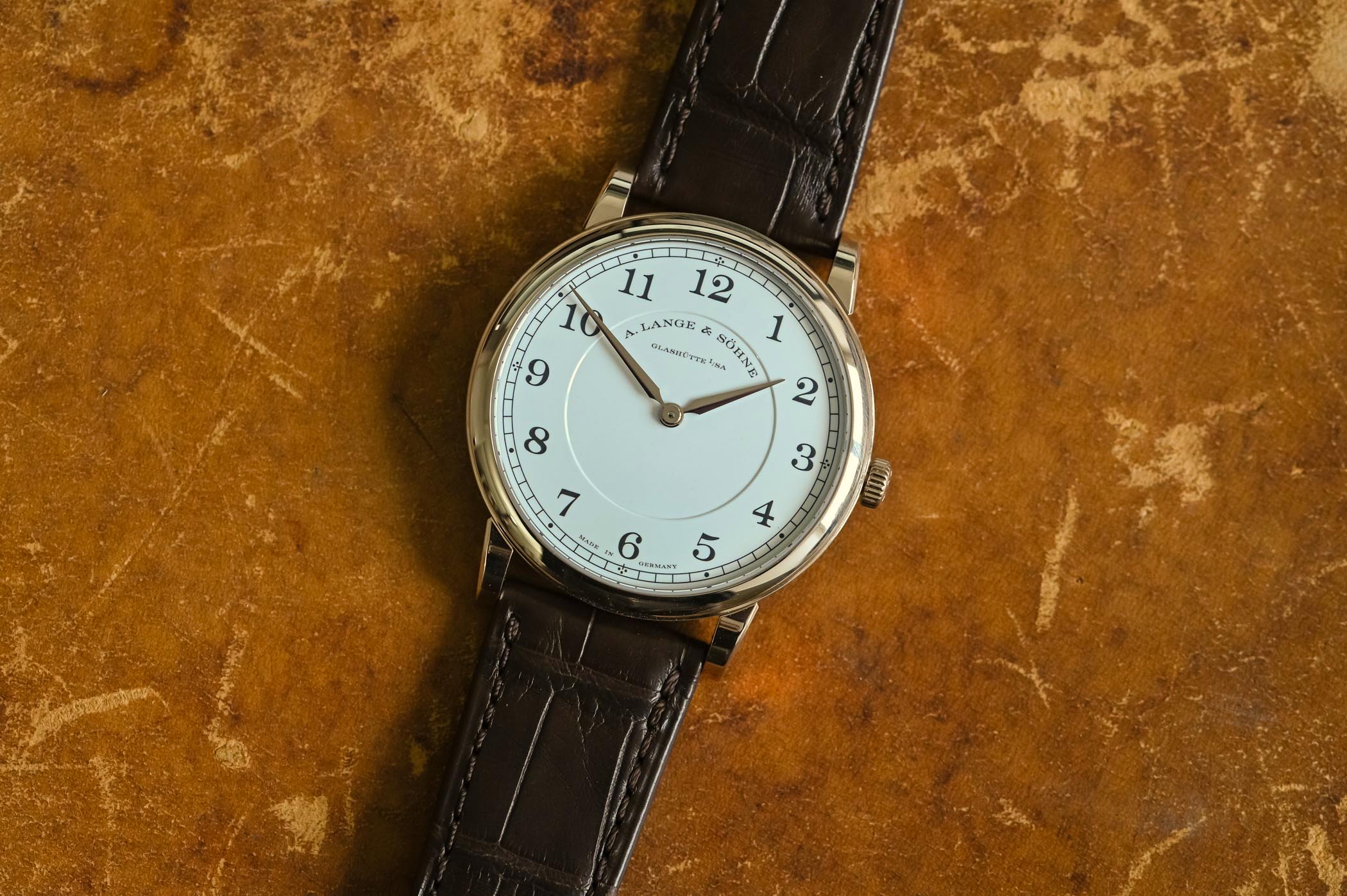
Part of the trilogy of timepieces to celebrate the 175th anniversary of watchmaking in Glashütte, the 1815 Thin Honeygold “Homage to F. A. Lange” is, along with the Saxonia Thin, the simplest watch in the brand’s line-up. As an anniversary watch, the 1815 Thin is cloaked in Lange’s delicious Honeygold. As a member of the 1815 collection that celebrates the year of birth of founder Ferdinand Adolph Lange, the watch honours design elements of F. A. Lange’s pocket watches. Limited to 175 pieces, this deceptively simple two-hand watch is embellished with a beautiful white enamel dial and special finishes on the movement.
1815 & the Advent of Railways
The year 1815 witnessed the Battle of Waterloo, Napoleon’s exile to St Helena and the birth of Ferdinand Adolph Lange in Dresden. For anyone outside the niche realm of watchmaking, the third item on the list would be met with a blank gaze. However, for watch lovers the name Ferdinand Adolph Lange is synonymous with the very finest tradition of German watchmaking, a tradition he established in the small town of Glashütte, just outside Dresden. On a cold winter’s day in December 1845, F. A. Lange laid the first stone of the manufacture that would transform the impoverished Saxon town of Glashütte into the centre of precision watchmaking in Germany.
F. A. Lange’s entrepreneurial project of bringing an unheard-of industry to an impoverished region close to Dresden was a gamble. The mountains of Glashütte, once a rich source of iron ore, were gradually depleted and unemployment was rampant. With no trained watchmakers in the region, F. A. Lange’s forward-thinking, entrepreneurial spirit paid off. The implementation of the latest production techniques, new precision measuring instruments, the pioneering introduction of the metric system and his obsession with consistent high quality consolidated the nascent watchmaking industry in Glashütte. Instead of entrusting one pocket watch to one watchmaker, he got his employees to specialise in different processes (division of labour) creating a veritable production line.
F.A. Lange’s watchmaking venture sparked a bonanza in the Müglitz valley for small and medium-sized enterprises (attracting the paper industry, metalworking and even coal mining required to fuel the steam boilers). This newfound activity meant increased transportation requirements and the horse-drawn carts were no match for the efficiency of the railway. Although F. A. Lange died before the narrow-gauge railway was completed in 1890, the advent of rail transport and the importance of precision pocket watches for railway masters were key issues of his day.
Making something simple is complicated
Flanked by the impressively complicated Tourbograph Perpetual Honeygold and the equally impressive 1815 Rattrapante Honeygold, this time-only model is admittedly the simplest of the lot. However, as any designer, inventor, and even Einstein himself would admit, making something simple is complex.
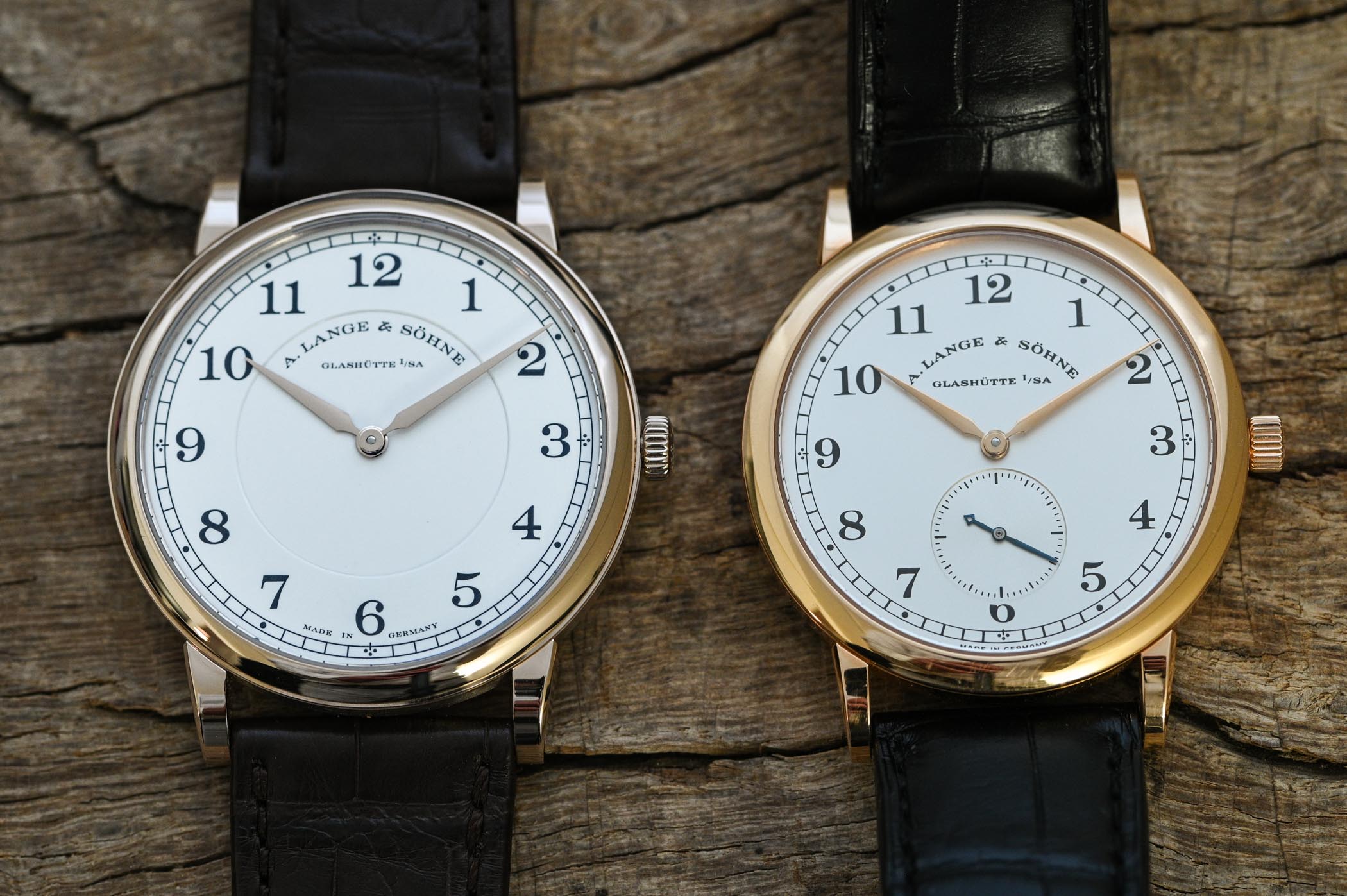
Distilling the essence of an object with beauty, proportion and harmony all the while retaining 1815 family traits was the task for Lange’s designers and watchmakers. Perhaps the trait that distinguishes the 1815 family above others is the peripheral railway-track minute scale, a feature of F. A. Lange’s early precision pocket watches. F. A. Lange’s forward-thinking industrial model, his appreciation of the benefits of rail travel and the consequent need for precision timekeeping instruments to keep everything on track, reveal that he was truly in tune with the times.
Other traits that have made their way through time are the large Arabic numerals and the clean, legible layout of the dial. In honour of the anniversary and evocative of the elegant enamel dials of yesteryear, the dial of the 1815 Thin Honeygold is crafted from enamel. The brilliant white enamel that will never lose its lustre over the years sets the watch apart and provides a high level of contrast to the dark-grey printed Arabic numerals and minutes scale. The central part of the enamel dial is slightly recessed, adding depth to the dial. Matching the case material, the hour and minute hands are Honeygold. Overall, the dial transmits refinement, sobriety and impeccable legibility; qualities that the founder would no doubt have approved.
Dress proportions
With a diameter of 38mm and a case height of just 6.3mm, this homage version boasts the slimmest case height of all watches in the 1815 collection. These lean proportions make this 1815 Thin Honeygold the dressiest dress watch in the 1815 family. However, it is not the slimmest watch in Lange’s line-up, that distinction is held by the smallest 37mm Saxonia Thin model with its case height of 5.9mm. I don’t think anybody would quibble though about the 0.4mm increase in height in exchange for the vivid and enduring beauty of an enamel dial.
Another differentiating factor is the use of Honeygold, a special 18k gold alloy developed for Lange in 2010 with a unique colour comparable to that of honey. Harder than other gold alloys and platinum, and therefore much harder to shape and finish, Honeygold is reserved for Lange’s most exclusive timepieces. Polished with brushed casebands, the elegant round case has short curved lugs.
Ultra-thin Movement
The calibre L093.1 is Lange’s ultra-thin manual-winding movement developed for the Saxonia Thin. Making its debut in the 1815 line, the calibre has a height of just 2.9mm. Comprised of 167 parts, it beats at 21.600 semi-oscillations per hour and can store up to 72 hours of power. Decorated with special finishings to reflect its status as an anniversary watch, the traditional Glashütte ribbing on the German silver three-quarter plate has been replaced with a granular surface.
Although it might look like a contemporary sandblasted effect, it was in fact used on historic Lange pocket watches. You can appreciate the circular graining on the base plate and the hallmark floral scrolling engraved by hand on the balance cock. The fine lines of the floral pattern are emphasised with a black rhodium-plating as are the inscriptions on the three-quarter plate. Gold chatons held in place by thermally blued screws and bright pink rubies add a dash of colour to the scenery. Like all Lange watches, the movement is assembled twice.
Thoughts
The 1815 Thin Honeygold is an elegant, slim dress watch with a beautifully simple enamel dial. I don’t think the pursuit of thinness was the goal here, although it does add a luxurious dress watch dimension to the ensemble. What I love about this watch is that practically every detail refers to an aspect of Ferdinand Adolph Lange’s watchmaking vision. A vision that established Glashütte as the centre of German watchmaking then and now.
AVAILABILITY & PRICE
The 1815 Thin Honeygold “Homage to F.A. Lange” comes with a hand-stitched dark brown leather strap and a prong buckled in 18k Honeygold. It is a limited edition of 175 watches and retails for EUR 33,000 – a rather steep price due to the limitation, the enamel dial and the Honeygold case.
More information at A. Lange & Söhne.

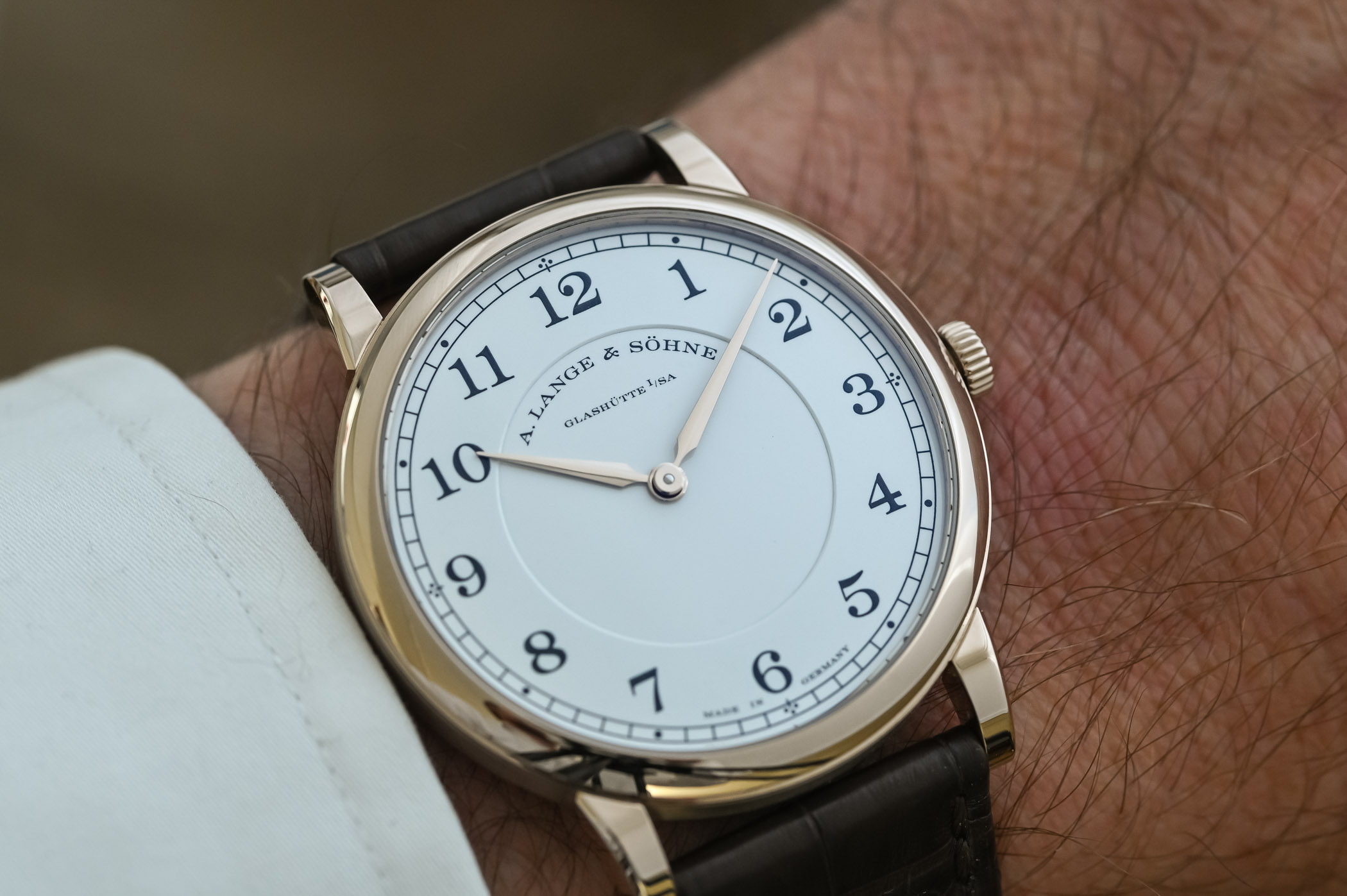


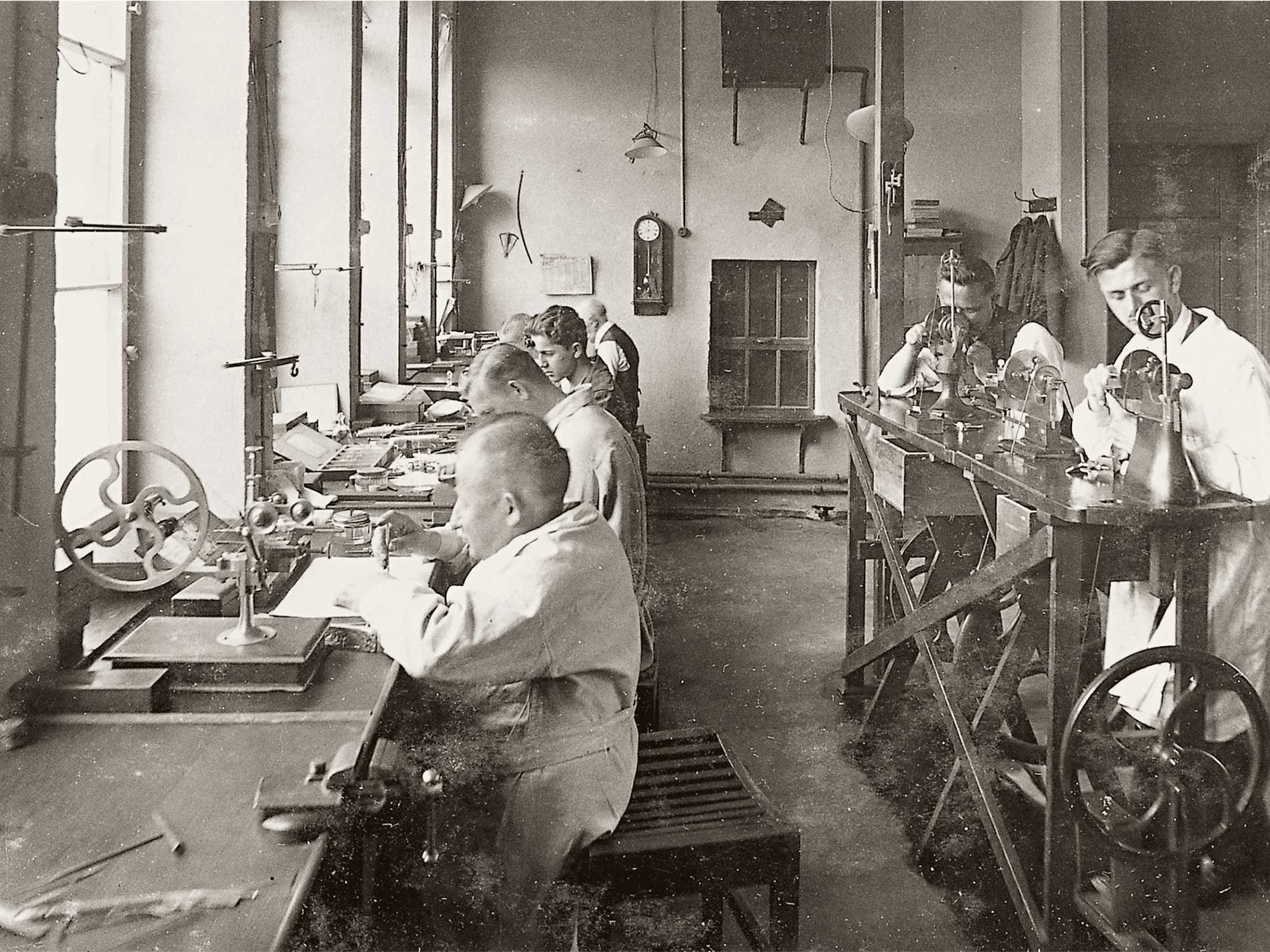
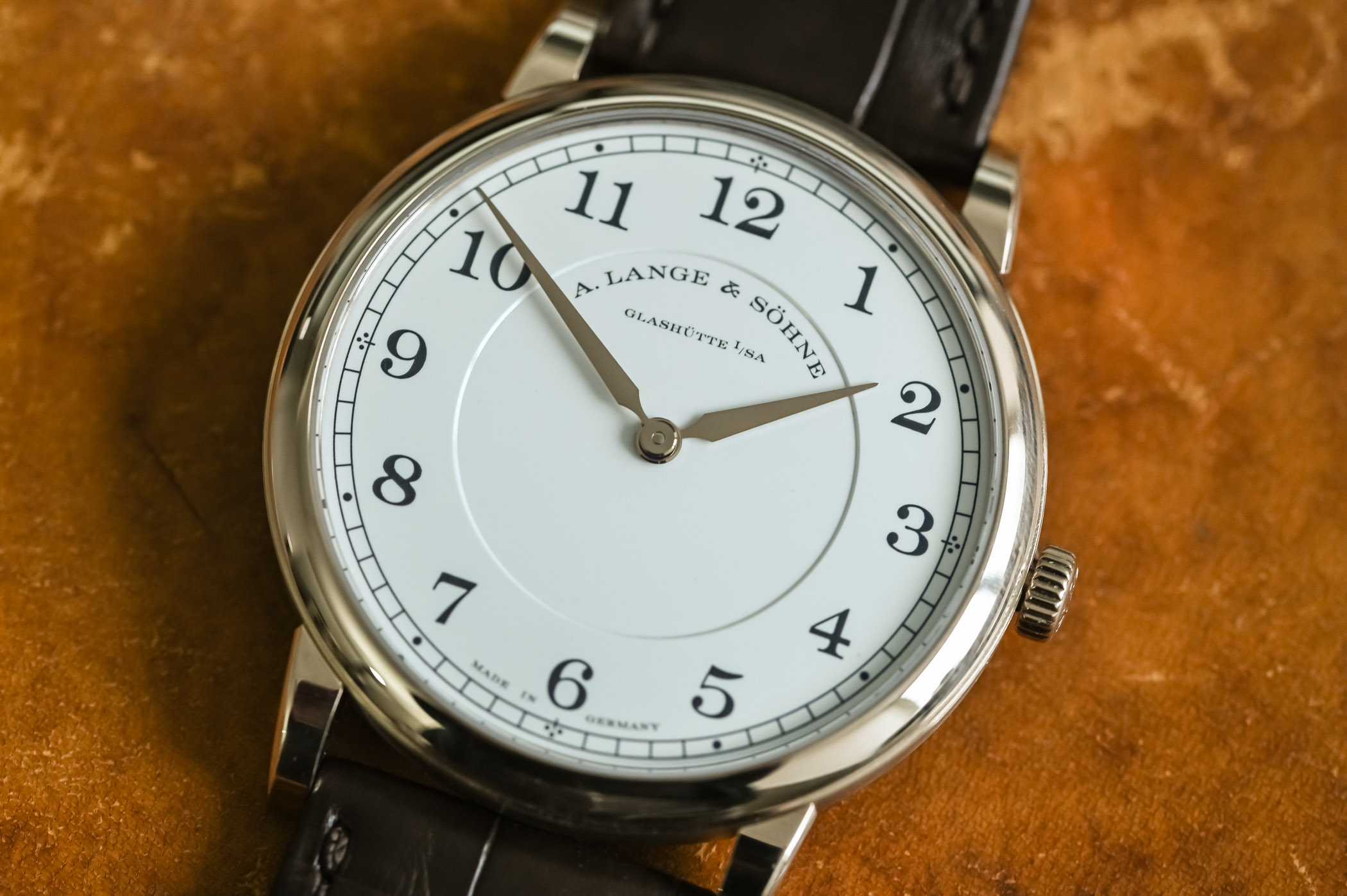
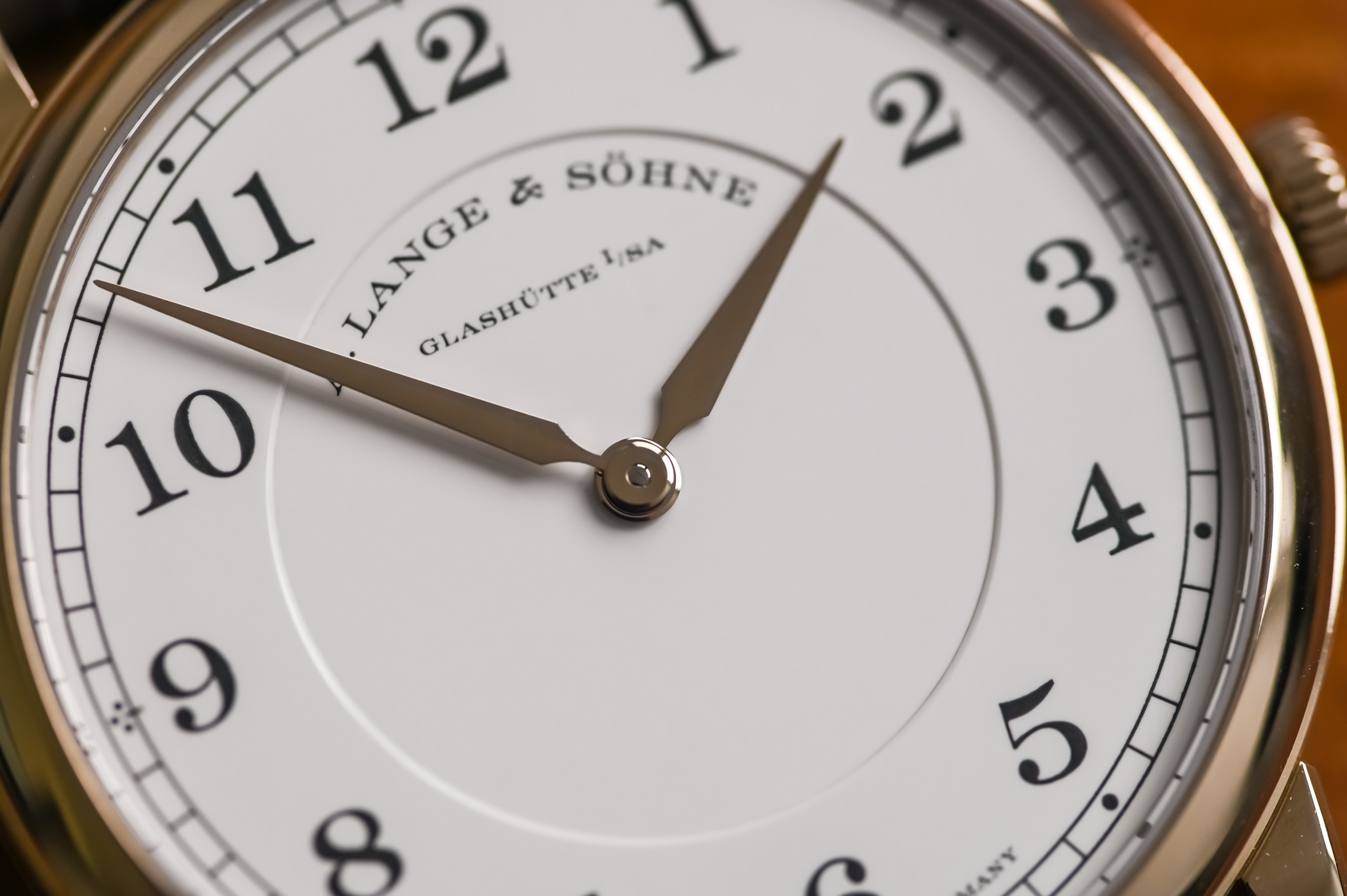

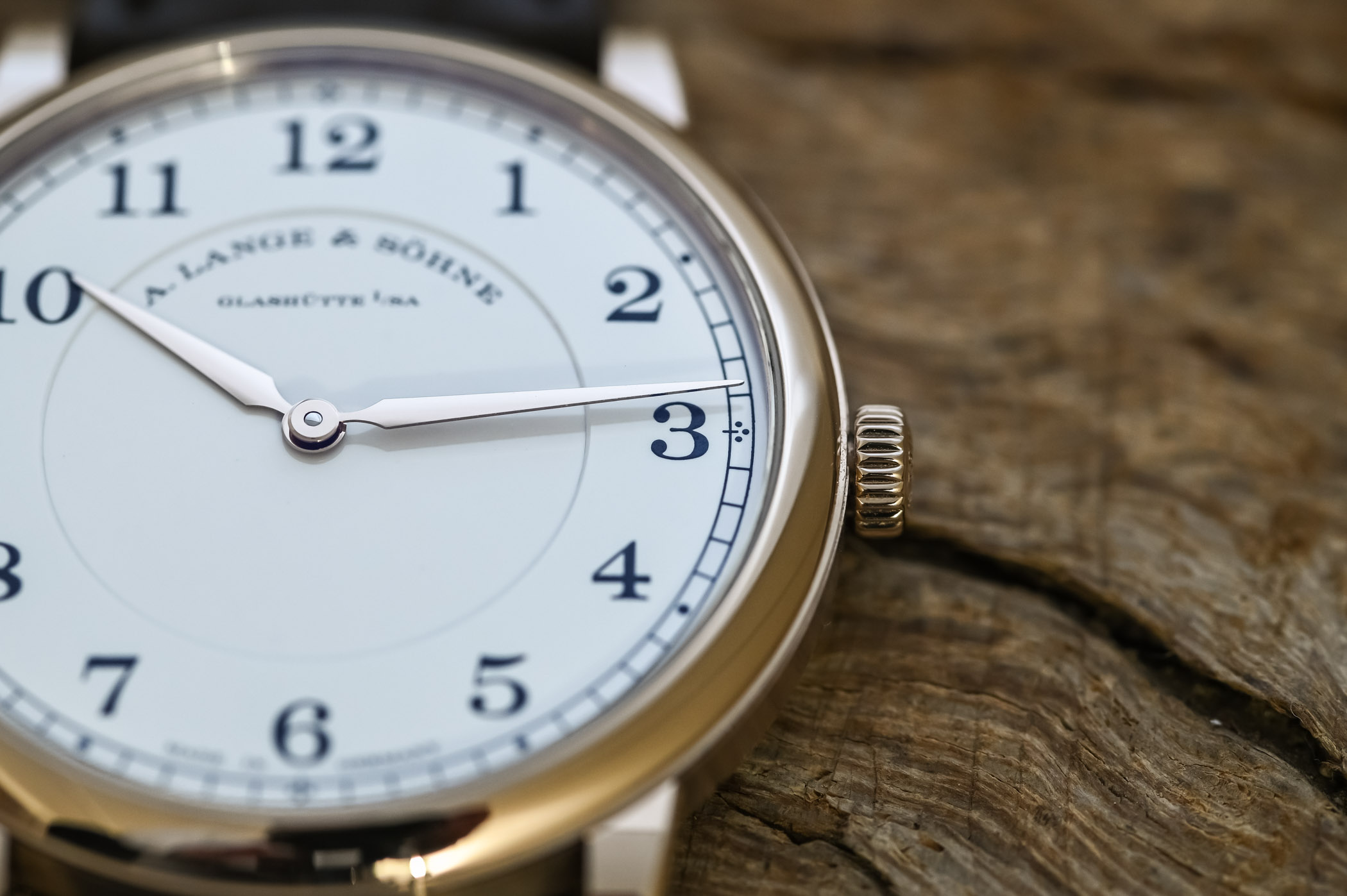
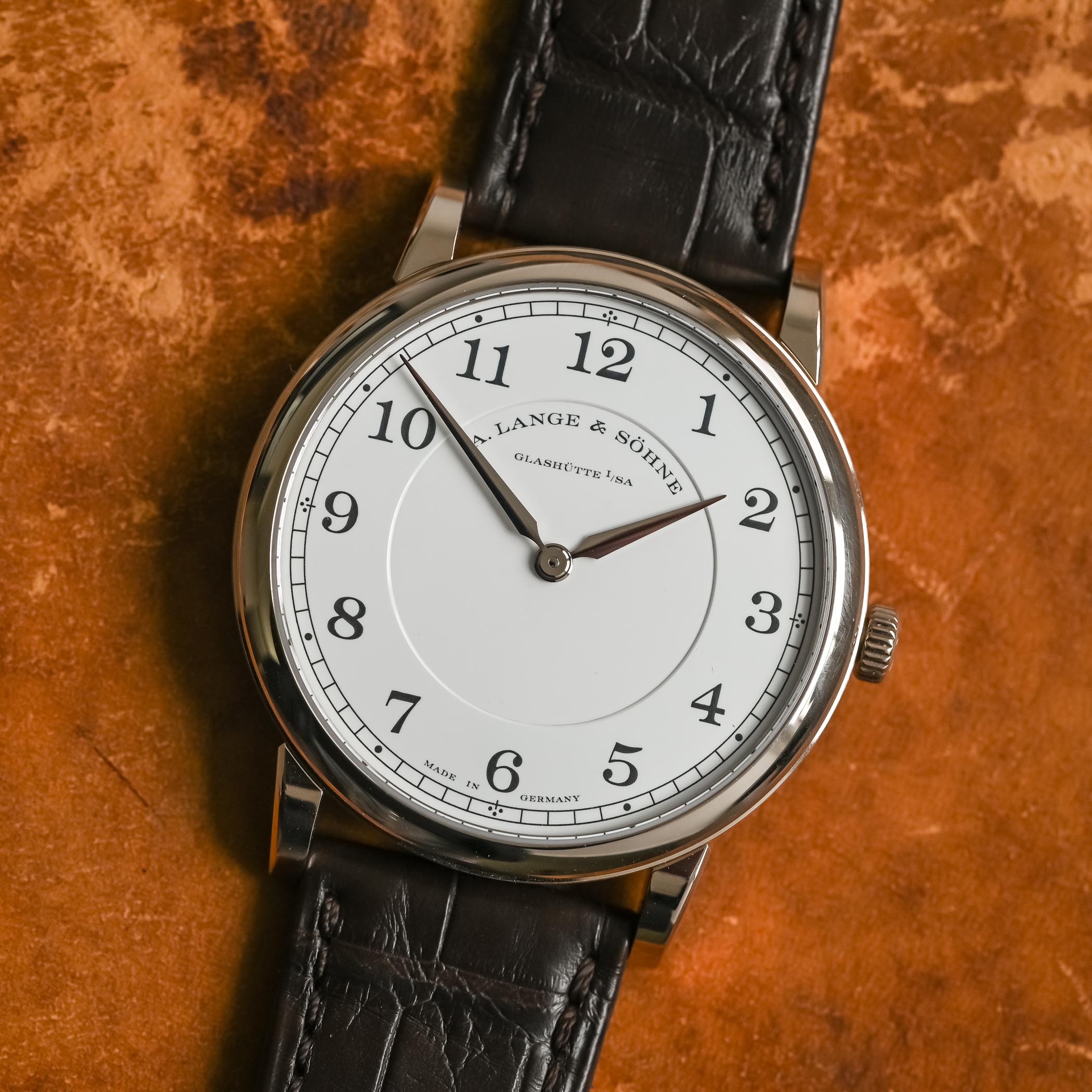

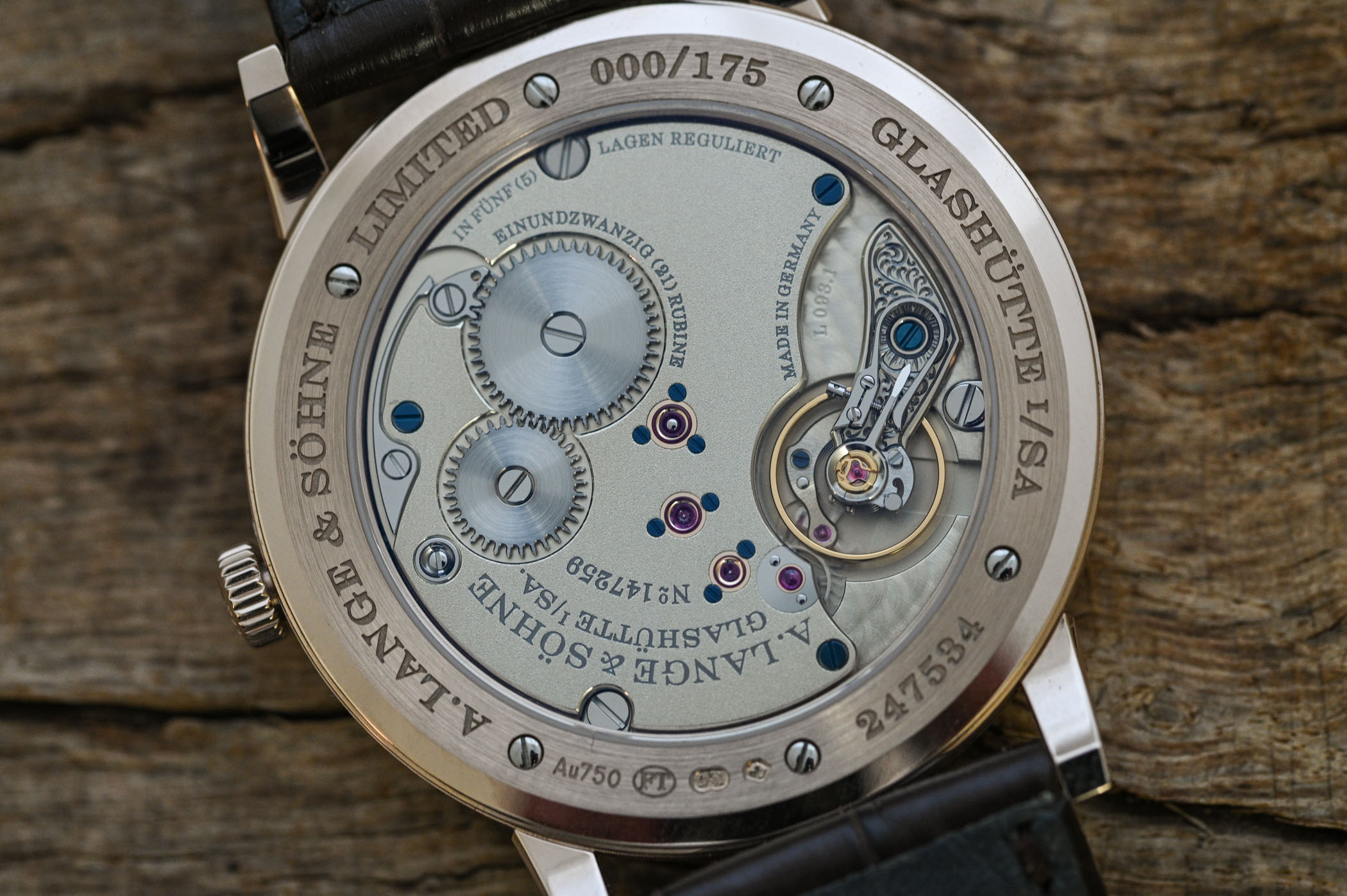
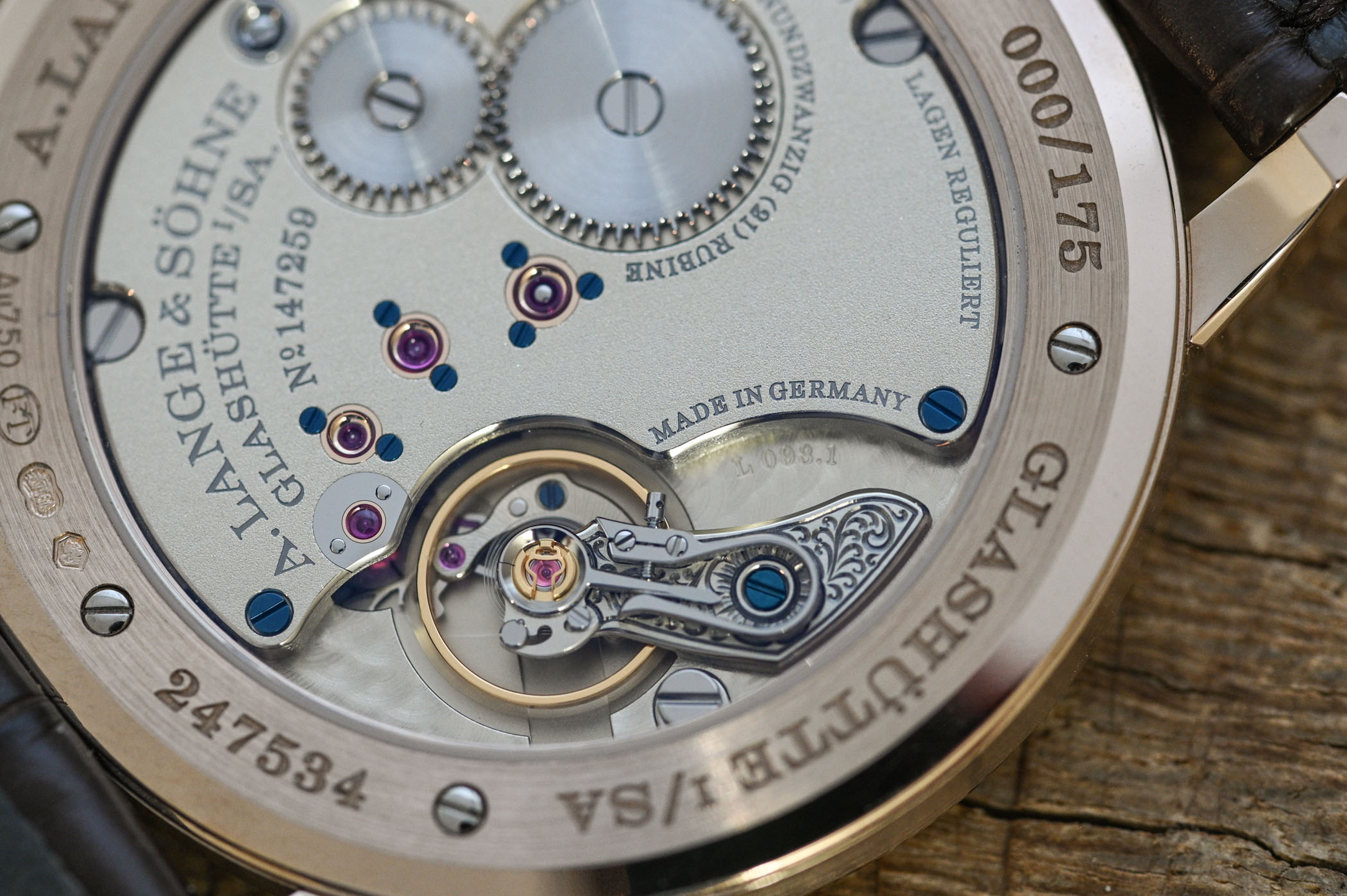
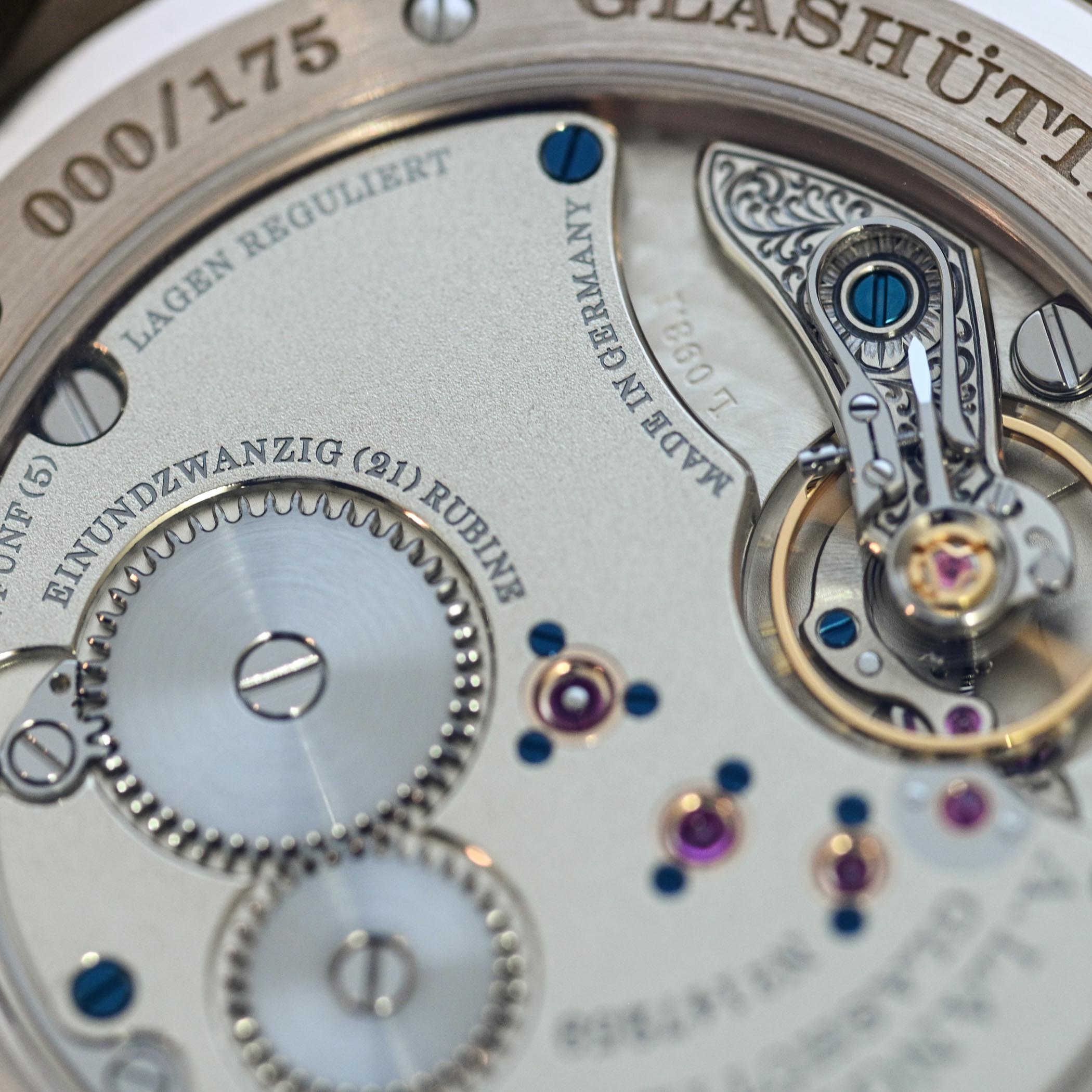





6 responses
Nice watch but regardless of it being limited, enamel dial or honeygold case, that price is ridiculous.
Indeed, a time-only watch at this price-point is an insult, irrespective the Lange heritage and the fact that it is a very nice piece. Lange could and should do better than this!
The Hand wound version with the second hand looks “right”. The 1815 Thin Honeygold looks unbalanced with all of the text at the top of the dial and nothing at the bottom (it may not look as bad if not at ten to two). The second hand also serves to give confidence that its running without taking it off and peering at the balance or staring at the minute hand. Clear and easy to read but a lot of money for a really minimalist watch.
At this price it becomes less in every way.
Wow this is an incredibly well finished watch. Everything is done just perfectly… size, proportions, special gold alloy, enamel dial, two hands. Can’t wait to see it in person one day.
Can’t wait for mine to arrive. Perfection in simplicity.